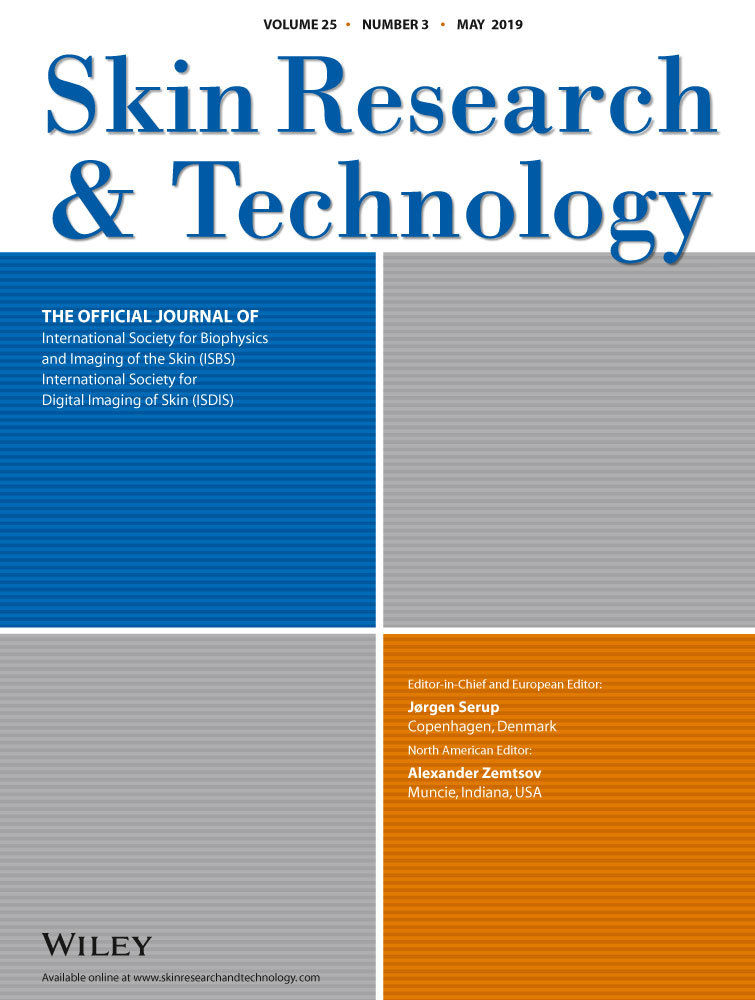New pattern hair loss in young Turkish women; What's wrong in their daily life?
Abstract
Background
The application of heat, used to straighten the typically coiled hair, has long been hypothesized to play a role in the etiologic factor for central centrifugal cicatricial alopecia (CCCA). The aim of this study was to evaluate the effect of thermal hair straightening on hair loss pattern in Asian women exist.
Materials and methods
Thirty-five patients with hair loss who have been using hair straightening devices and 25 patients with telogen effluvium were enrolled in this prospective study. Laboratory analysis and dermatoscopic findings were used to compare these groups.
Results
The peripilar white halo around hairs, peripilar dark/gray halo around follicular orifices, the predominance of a single hair perifollicular unit (FU), hair diameter diversity, the thin miniaturized hair, interfollicular pinpoint white dots, and white patches were statistically higher in hair straightener group (P < 0.001). White patches of the scalp increased by the time of the application of these devices (P < 0.01). White patches of vertex region were significantly higher than the midfrontal region (P < 0.01).
Conclusion
The common side effects of thermal hot comb strengtheners’ were summarized as damage to the hair shaft; decreasing in the brightness of the hair, burns, and scars on the scalp; and lastly CCCA-like hair loss.
CONFLICT OF INTEREST
The authors report no conflict of interest.




